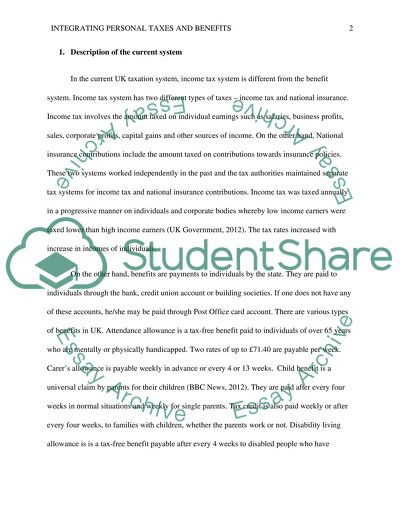Cite this document
(“Taxation Assignment Example | Topics and Well Written Essays - 2000 words”, n.d.)
Retrieved from https://studentshare.org/finance-accounting/1469281-taxation
Retrieved from https://studentshare.org/finance-accounting/1469281-taxation
(Taxation Assignment Example | Topics and Well Written Essays - 2000 Words)
https://studentshare.org/finance-accounting/1469281-taxation.
https://studentshare.org/finance-accounting/1469281-taxation.
“Taxation Assignment Example | Topics and Well Written Essays - 2000 Words”, n.d. https://studentshare.org/finance-accounting/1469281-taxation.


